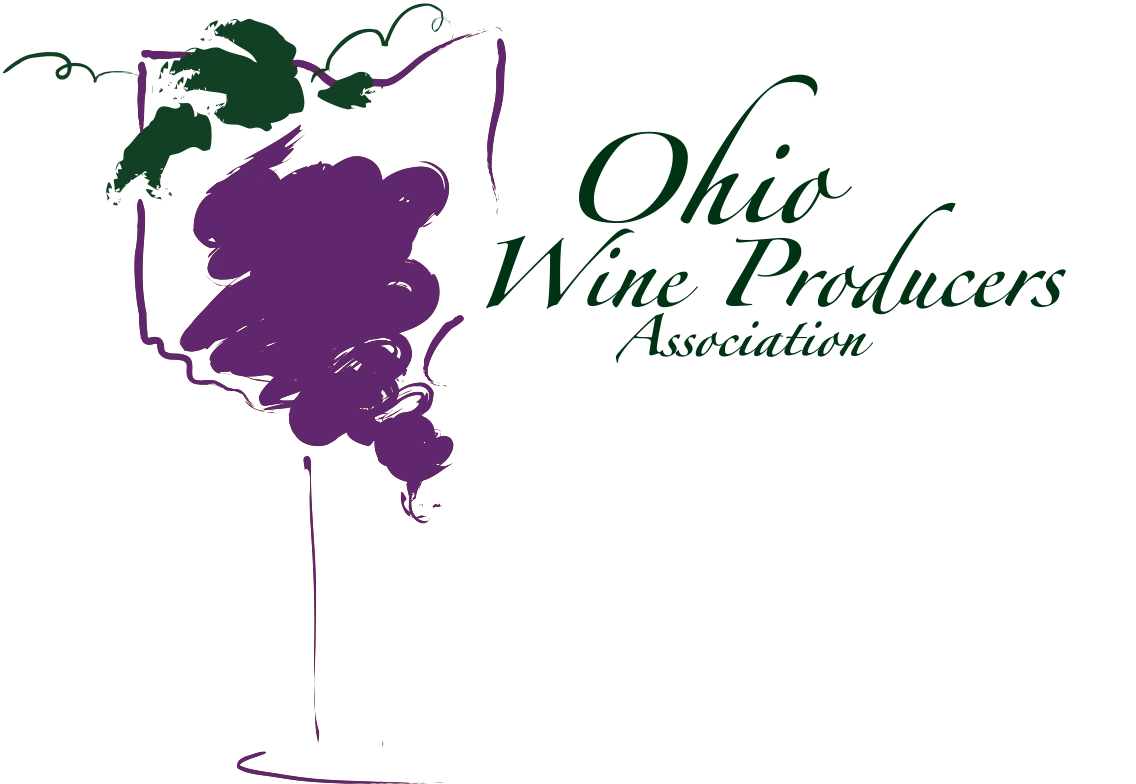Learning About French Wines
Learning a little about wines from other regions in the world: France
We are all incredibly proud of the wines grown here. Many can be honestly called ‘world-class’ for sure. We’ve come a long, long way from the poorly made Concord wines of the 1960s.
So, while our support of local wineries will always remain, each of us can become more knowledgeable and appreciative of what we grow here if we explore wines from other great regions. Hence, this is the beginning of an occasional column about some of the best-known wines from other parts of the world.
To learn a bit more about the great wines of France, here are some tips to begin that journey.
1. Hop on the Internet and pull up a map illustrating their major producing regions and learn about the major grape varieties each produces
a. Bordeaux – Cabernet Sauvignon and Merlot plus blends
b. Burgundy – Pinot Noir for reds and Chardonnay for whites
c. Champagne – sparkling wines from specific varieties and the only wines allowed legally to be called ‘Champagne’
d. Loire Valley – Sauvignon Blanc, Chenin Blanc, and Cabernet Franc
e. Rhône Valley – Syrah, Grenache, and Viognier
f. Alsace – [on a long-disputed territory next to Germany] Aromatic whites like Riesling, Gewürztraminer and Pinot Gris
g. Provance – Rosés of all kinds
2. Then read a little about their Appellation d'Origine Contrôlée or ‘AOC’ [Our AVA’s or American Viticulture Districts like Lake Erie or Grand River Valley are a bit different but were created to help consumers know what to expect from a growing region in the US.] are legal, tightly enforced by the French government to help consumers know the wine is of a certain quality. If AOC is on the label, the wine should be of excellent quality. [There is not enough room here to fully explore the designation so head back to the Internet.]
3. French [and most Old World wine labels are obtuse for the novice, so here are some ideas to help you select something from the retail shelf that you might enjoy.
a. If you like an oaky Chardonnay, try Burgundy’s Meursault or Macôn-Villages
b. If you enjoy Napa Cabernets, look for Médoc from Bordeaux
c. If you like Pinot Noir check out Burgundy’s Côte de Nuits
d. If you prefer crisper whites, try to find a Sancerre or dry Alsatian frRiesling
4. The French always serve wine with their meals. Her are a couple of paring ideas.
a. Pair a Loire Sauvignon Blanc with goat cheese
b. Serve roast chicken with Burgundy’s Pinot Noir
c. Choose a Rhône red when you grill burgers or other meats on the back deck [even in the snowy time of year as reds are most enjoyed in colder weather]
d. Sancerre or Gewürztraminer would be a great choice with fish entrees, especially with our amazing walleye.
While truly understanding and fully appreciating French wine may be a lifelong journey of exploration for a wine expert or sommelier in the trade, for those of us who simply want to learn more, exploring some wines from France can be enjoyable.
For additional information: dwinchell@OhioWines.org
